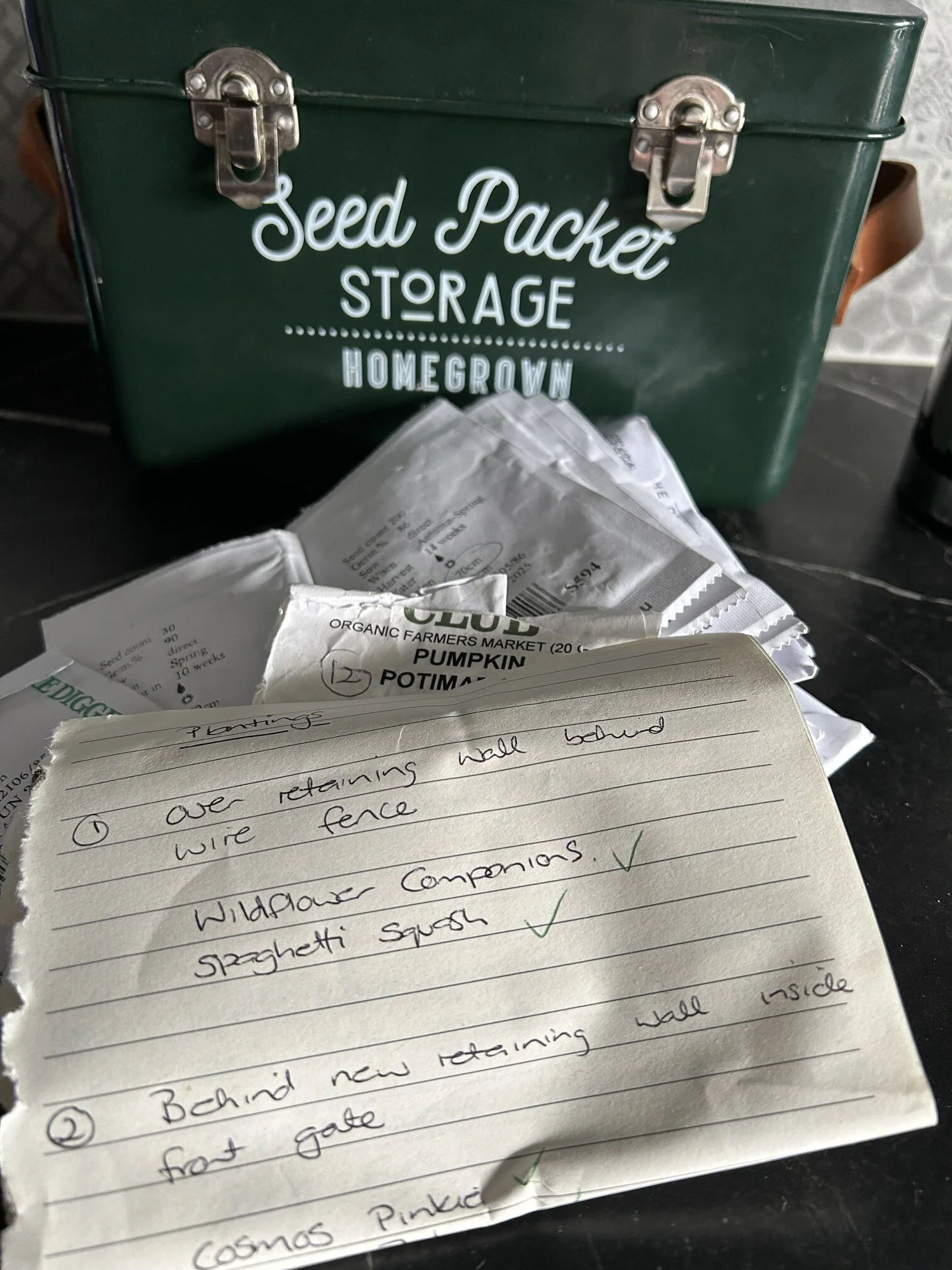Permaculture, Potions & Winters End
Permaculture, Potions and Winters End
As winter begins to wane and spring takes a hold, the permaculture peeps are getting excited. In truth, we are at a pivotal point. This transitional period between winter and spring is not just about watching the frosts melt away; it’s a time to craft what I like to call "permaculture potions." The special little projects, and natural concoctions that enrich permie life and are a part of permaculture practice. Some of these special potions are for the tummy, others prepare the garden for the bountiful season ahead.
Cooking with Seasonal Ingredients: A Culinary Potion
Now is the perfect time to explore the culinary delights of seasonal ingredients. Cooking with fresh herbs, bottling the cumquats that are ready for harvest right now, these kinds of activities not only connect us to the cycles of nature, but they can fuel our creativity too. I mean, how many ways can you use the foods that are available right now?
Here are some ideas to inspire your seasonal cooking:
Herb-Infused Oils - Create flavourful oils by infusing olive oil with fresh herbs like rosemary, or thyme. Later you can use these oils in dressings or drizzled over roasted vegetables. DELICIOUS! They also make marvellous Christmas or Solstice gifts and the flavours will be perfect if you bottle these now.
Spring Salads - Harvest early greens like your baby spinach, and combine them with the Brussel sprouts you might have fruiting in your garden beds. Combine them with edible flowers and homemade dressings for a burst of colour and flavour.
Preserving - If you have an abundance of produce, consider preserving it through canning, pickling, or freezing. This way, you can enjoy the flavors of your garden long after the season has passed. Or if you enjoy a bit of spirit here and there, try the recipe I lifted from TASTE.
Compost Tea: A Nutrient Boost
One of the most potent "potions" in your permaculture toolkit is compost tea. This nutrient-rich liquid fertilizer is made by steeping mature compost in water. The result is a brew that’s teeming with beneficial microorganisms. To make it:
- Fill a fabric bag with finished compost (and yes of course Im thinking about the Fools bag of goodies from the major arcana of the Tarot - it amuses me to the nth!).
- Submerge it in a bucket of water (ideally rainwater).
- Let it steep for 24-48 hours, stirring occasionally - or dunk it like a tea bag!
- Strain the liquid and dilute it with more water before applying it to your plants.
Using compost tea will invigorate your soil and promote healthy plant growth as you transition into spring.
Seed Bombs: aka Guerrilla Gardening
Another delightful activity is making seed bombs, and dont you think the term ‘Guerrilla Gardening’ sounds super cool? I love the whole idea of it - dropping little orbs of life and fabulousness into arid bare patches of soil in your garden, or even random spaces around town? Why would we do it? Bring in more life, more beauty and that magical one - biodiversity!
Here’s how to create them:
- Mix equal parts clay powder, compost, and seeds (native flowers work great but Im partial to any splash of colour that is bee friendly for my own garden).
- Add enough water to form a dough-like consistency.
- Roll the mixture into small balls and let them dry.
- Once dry, scatter them in your garden or other neglected areas to encourage growth.
You can actually get yourself a pre-sorted kit to make these things up if you want to but I recommend making your own, it just gives you more freedom on which seeds you can use. Here’s what the one from Diggers looks like.
Herbal Infusions and Tinctures
As your garden begins to wake up, it’s the perfect time to start harvesting herbs for medicinal purposes. Create herbal infusions or tinctures using fresh or dried herbs from your garden. Common choices include:
Chamomile - for it’s calming effects.
Peppermint - for digestion.
Rosemary - for the immune system as well as muscular aches and pains.
To make a tincture, fill a jar with the herbs, cover them with alcohol (like vodka), and let it steep for several weeks. Strain the mixture, and you’ll have a potent herbal remedy ready for use. Alternatively, you can cover something like rosemary in a good quality vegetable oil so thats it can be included into a healing muscle balm.
Mulching with Intent
As you prepare your garden beds, consider creating a mulching mix. This isn’t just about looking good; mulch helps retain moisture, suppress weeds, and improve soil health. Gather materials such as:
- Straw or hay
- Wood chips
- Shredded leaves
Layer these materials around your plants, ensuring they’re not touching the stems to prevent rot. Not only will you enrich your soil, but you’ll also create a thriving ecosystem for beneficial insects.
Planning Your Garden: The Vision Board
On a colder, windy or rainy day, you could use the enforced indoors time to create a vision board for your garden. Gather images, sketches, and ideas that inspire you. Consider permaculture principles such as:
Zoning - Where will you place high-maintenance plants versus low-maintenance ones?
Companion Planting - Which plants will benefit each other?
Seasonal Rotation - How will you rotate crops to maintain the health of the soil in your vegetable beds?
Or if you like to plan in a more hands on way and happen to have a box full of seeds like I do (is it an obsession I wonder?) you could sort your seed packets by season, size and colour and just figure out where you will pop them into your garden. I number the bare or empty places in my garden, and then write that number on the seed packets. It’s a little bit daggy, but this approach works well for me.
However you choose to work it out, you will be able to build some clarity around your garden goals and deepen your connection to the seasonal rhythms of the wonderful little ecosystem that is your yard.
It’s A Wrap
As winter melts away, these permaculture inspired thoughts, actions and potions can help you cultivate a deeper relationship with your environment. Each activity not only prepares your garden for the upcoming season but also enriches the soil, supports biodiversity, and can in some way enhance your sustainable lifestyle. Embrace this magical time of year and watch as your efforts bloom into a thriving permaculture paradise!
No matter how large or small our steps are, they all move us forward. Yay Spring!


